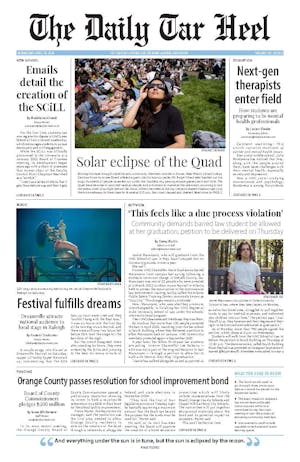Moving away from home is always an adjustment for freshmen. But some students have to go one step further: moving into a study lounge or even an off-campus hotel.
Schools across the country have recently had problems with student enrollment growing faster than the school’s ability to house them. Many have resorted to housing students in hotels, temporary buildings — or even offering students money to move home.
Appalachian State University sent letters to some students during winter break to let them know that they would temporarily live in study lounges instead of dorm rooms.
“When we first sent the letters, we were bombarded with calls from people saying, ‘We can’t believe you’re doing this,’” said Stacy Sears, the associate director of university housing at ASU.
This semester, ASU has 12 students in study lounges, but the school hopes to move them into rooms within two weeks. Spaces open from no-shows or students who drop out or move home, Sears said. But 48 others stayed in study lounges all fall semester, and Sears said 11 wanted to stay there all year.
Some university housing officials blame the overflow on the economy, which has sent people back to college for a degree if they can’t find jobs.
The University of Montana has seen an increase in its enrollment for that reason, said Sandy Schoonover, director of residence life. She said they put 180 students, eight per room, in study lounges in the fall until rooms opened up.
N.C. Central University took a different approach in the past by choosing to house students in hotels last year. But logistics like transportation to campus made this arrangement too difficult.
NCCU and ASU are each opening a new residence hall this fall to help alleviate the problem.


